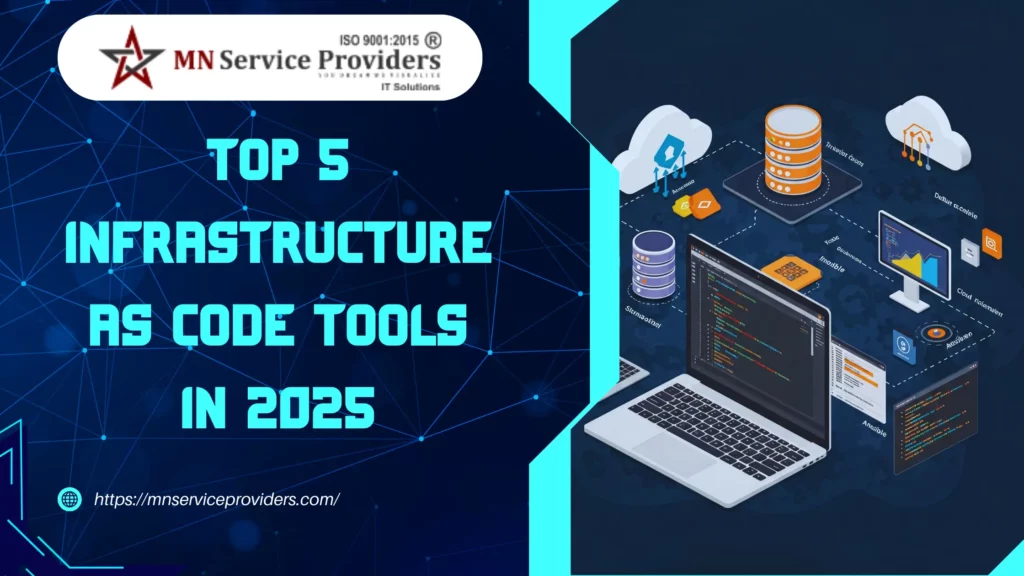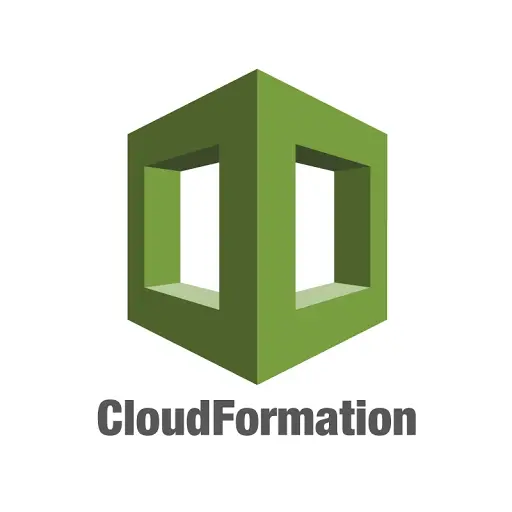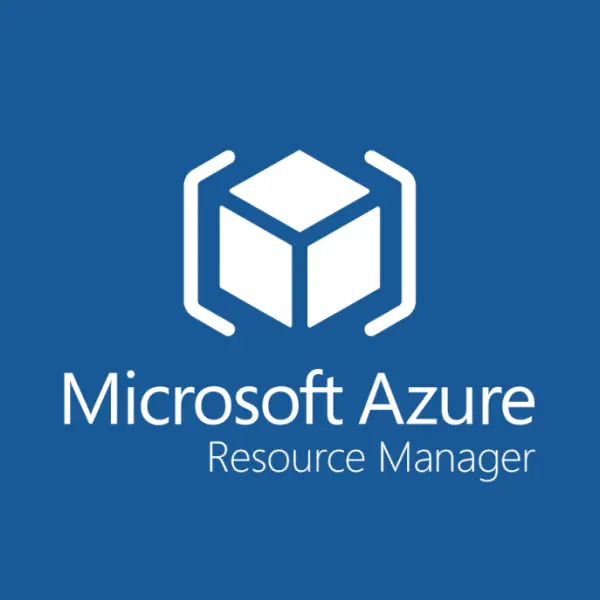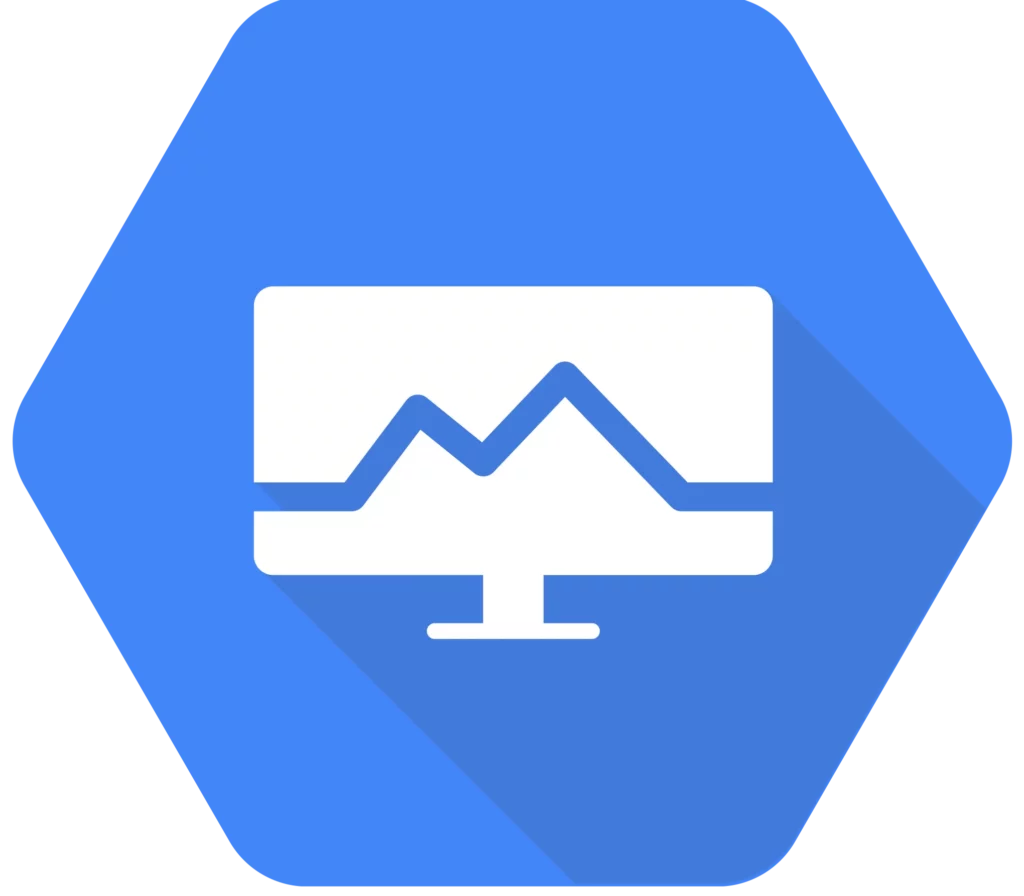
Introduction
In the rapidly evolving world of cloud computing, managing infrastructure efficiently has become paramount. Infrastructure as code tools have revolutionized this domain by enabling automation and codification of infrastructure deployment.
At MN Service Providers, we specialize in delivering top-notch DevOps and infrastructure as code tools services, ensuring our clients stay ahead in this dynamic landscape. In this article, we delve into the top five infrastructure as code tools of 2025, highlighting their features and relevance in modern infrastructure management.

1. Terraform: The Multi-Cloud Orchestrator
Terraform is a leading infrastructure as code tool that enables efficient management of multi-cloud environments.
Key Features
- Declarative Syntax: Utilizes HashiCorp Configuration Language (HCL) for clear infrastructure definitions.
- Multi-Cloud Support: Manages resources across various providers like AWS, Azure, and Google Cloud.
- State Management: Maintains a state file to track resource changes and prevent configuration drift.
Why It Stands Out in 2025
Terraform’s open-source nature fosters a vibrant community, leading to continuous enhancements. Its adaptability to emerging technologies ensures its relevance in the evolving landscape of infrastructure as code tools.

2. AWS CloudFormation: Seamless AWS Integration
AWS CloudFormation is Amazon’s native infrastructure as code tool, offering streamlined management of AWS resources.
Key Features
- Template-Driven Provisioning: Defines infrastructure using JSON or YAML templates for consistent deployments.
- Stack Management: Groups related resources into stacks for unified management.
- Rollback Triggers: Automatically reverts to previous states upon deployment failures.
Why It Stands Out in 2025
AWS CloudFormation introduced targeted resource scans in its IaC generator, enhancing efficiency by focusing on specific resources relevant to workloads. This aligns with AWS’s commitment to continuous improvement, maintaining CloudFormation’s position among top infrastructure as code tools.

3. Azure Resource Manager (ARM): Microsoft's Infrastructure Solution
Azure Resource Manager (ARM) is Microsoft’s native infrastructure as code tool, providing a unified management layer for deploying and overseeing Azure resources.
Key Features
- Declarative Templates: Utilizes JSON-based templates to define and deploy infrastructure, ensuring consistent and repeatable deployments.
- Resource Grouping: Organizes resources into groups, simplifying management and access control.
- Role-Based Access Control (RBAC): Assigns specific permissions to users, enhancing security and governance.
Why It Stands Out in 2025
ARM has introduced improved template capabilities, achieving an 80% reduction in deployment errors and a 60% faster validation process. These enhancements solidify ARM’s position as a robust infrastructure as code tool within the Azure ecosystem.

4. Google Cloud Deployment Manager: Streamlined GCP Deployments
Google Cloud Deployment Manager is an infrastructure as code tool that automates the creation and management of Google Cloud resources.
Key Features
- Declarative Configuration: Defines resources using YAML or Python, allowing for clear and concise infrastructure specifications.
- Template-Driven Deployments: Facilitates the reuse of configurations, promoting consistency across deployments
- Parallel Deployment: Deploys multiple resources simultaneously, reducing setup time.
Important Update for 2025
Google has announced that Cloud Deployment Manager will reach end of support on December 31, 2025. Users are advised to migrate to Infrastructure Manager or alternative infrastructure as code tools to ensure uninterrupted service.


5. Pulumi: Bridging Development and Infrastructure
Pulumi is an innovative infrastructure as code tool that allows developers to define cloud infrastructure using familiar programming languages.
Key Features
- Multi-Language Support: Enables infrastructure definitions in languages like Python, JavaScript, Go, and C#, facilitating collaboration between development and operations teams.
- Unified Infrastructure and Application Code: Allows for managing infrastructure and application code within the same project, streamlining workflows.
- Multi-Cloud Deployment: Supports deployments across various cloud providers, offering flexibility in cloud strategies.
Why It Stands Out in 2025
Pulumi has enhanced cloud security with features like automated secrets rotation and secure GitHub Actions integration. Additionally, the upcoming PulumiUP 2025 event promises new product features aimed at transforming how teams build, automate, and scale cloud infrastructure. These developments underscore Pulumi’s commitment to innovation in the infrastructure as code tools landscape.
Comparative Analysis of Top Infrastructure as Code Tools
Selecting the right Infrastructure as Code (IaC) tool is pivotal for efficient infrastructure management. Below is a comparative analysis of leading infrastructure as code tools, focusing on language support, cloud provider compatibility, and unique features.
Feature Comparison Table
| IaC Tools | Language Support | Cloud Compatibility | Unique Features |
|---|---|---|---|
| Terraform | HCL (HashiCorp Configuration Language) | Multi-cloud (AWS, Azure, GCP, etc.) | - Extensive provider ecosystem - State management - Open-source with active community |
| AWS CloudFormation | JSON, YAML | AWS-specific | - Deep integration with AWS services - Stack management - Rollback capabilities |
| Azure Resource Manager | JSON | Azure-specific | - Resource grouping - Role-Based Access Control (RBAC) - Integration with Azure services |
| Google Cloud Deployment Manager | YAML, Python | GCP-specific | - Declarative configuration - Parallel deployments - Integration with GCP services |
| Pulumi | Python, JavaScript, Go, C#, TypeScript | Multi-cloud (AWS, Azure, GCP, etc.) | - Use of general-purpose programming languages - Unified infrastructure and application code |
Choosing the Right Tool for Your Needs
When selecting an IaC tool, consider the following factors:
- Cloud Environment: If your infrastructure is primarily on a single cloud provider, native tools like AWS CloudFormation or Azure Resource Manager offer seamless integration. For multi-cloud strategies, Terraform and Pulumi provide broader compatibility.
- Team Expertise: Evaluate your team’s proficiency with programming languages. Pulumi allows using familiar languages like Python or JavaScript, which can ease adoption.
- Project Complexity: For complex, large-scale deployments requiring extensive customization, Terraform’s modular approach and vast provider ecosystem may be advantageous.
- Community and Support: Open-source tools like Terraform and Pulumi have active communities, offering a wealth of plugins, modules, and community support.
The Future of Infrastructure as Code
As we look ahead, several emerging trends are set to shape the IaC landscape.
- AI Integration: Artificial Intelligence is increasingly being integrated into IaC tools to automate code generation and optimize infrastructure management. AI-assisted code generation can significantly reduce development time and lower the barrier to entry for developers.
- Enhanced Security Measures: With the rise of sophisticated cyber threats, incorporating robust security practices directly into IaC is becoming standard. This includes embedding security configurations within code and automating compliance checks to ensure infrastructure adheres to organizational policies.
- Platform Engineering: The adoption of platform engineering is on the rise, aiming to provide developers with self-service capabilities and standardized environments. This approach enhances developer productivity and operational efficiency by offering integrated toolchains and workflows.
The Role of IaC in DevOps Evolution
Infrastructure as Code continues to be a cornerstone in the evolution of DevOps practices:
- Automation and Consistency: IaC enables the automation of infrastructure provisioning, ensuring consistency across development, testing, and production environments. This reduces manual errors and accelerates deployment cycles.
- Collaboration and Version Control: Treating infrastructure configurations as code allows teams to leverage version control systems, facilitating better collaboration, change tracking, and rollback capabilities.
- Scalability and Flexibility: IaC supports the dynamic scaling of infrastructure resources, accommodating the needs of modern applications that require rapid scaling and flexibility.
By staying abreast of these trends and understanding the strengths of various IaC tools, organizations can make informed decisions that align with their strategic goals and operational requirements.
Conclusion
Selecting the appropriate Infrastructure as Code tool is crucial for efficient and scalable infrastructure management. The tools discussed—Terraform, AWS CloudFormation, Azure Resource Manager, Google Cloud Deployment Manager, and Pulumi—each offer unique features tailored to diverse organizational needs.
At MN Service Providers, our expertise in DevOps and IaC services positions us to guide you in choosing and implementing the ideal tool for your infrastructure requirements. Reach out to us to explore how we can enhance your infrastructure management strategies.
Frequently asked questions (FAQ)
An infrastructure as code (IaC) tool helps automate the setup and management of IT infrastructure using code instead of manual processes.
The best IaC tool depends on your needs, but popular ones include Terraform, Ansible, and AWS CloudFormation.
No, Kubernetes is not an IaC tool. It is a platform for managing and scaling containerized applications.
Yes, Ansible is an IaC tool that helps automate server setup, configurations, and application deployments.
Choose an IaC tool based on your cloud provider, ease of use, community support, and whether you need declarative or procedural automation.
No, IaC is a part of DevOps. DevOps is a broader approach to software development, while IaC focuses on automating infrastructure management.
Melvin C Varghese is an author with more than 8 years of expertise in DevOps, SEO and SEM. His portfolio blogs include a Digital Marketing blog at https://melvincv.com/blog/ and a DevOps blog at https://blog.melvincv.com/. He is married with 2 small kids and is a simple person who eats, sleeps, works and plays. He loves music, comedy movies and the occasional video game.